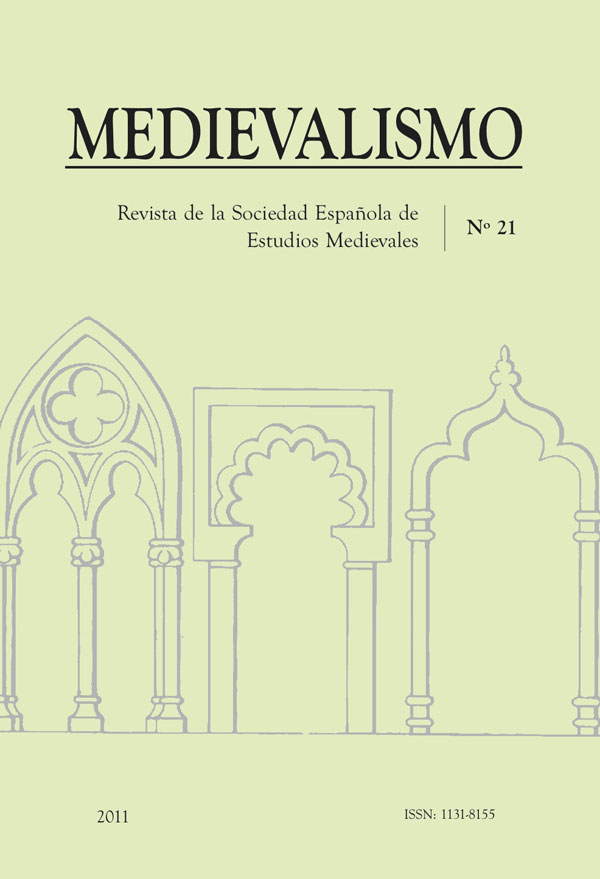The navigation chart: a widely spread Mediterranean instrument
Abstract
In the last 50 years, research about portolan charts has experienced remarkable advances, no always reflected in the general works. The census has been revised and completed —nearly 200 documents from before 1500— and the Italian-Catalan dichotomy has been settled, clarifying the Ligurian origin of the first nautical chartmakers. The “Majorcan school” was started by Angelino Dulceti, most probably Genoese, when he disembarked in the island around 1330. The triangle Genoa-Majorca-Venice would be extraordinarily prolific. Emphasis is given to the use of charts as a nautical instrument, always together with the dividers and magnetic compasses, mainly for cartographic drawing and ship courses. Another characteristic of the charts involves the adoption of the Arabic decimal numeral system. The possibility of Ptolemaic or Islamic influence on the portolan chartography remains an unanswered question.Downloads
Download data is not yet available.
Metrics
Views/Downloads
-
Abstract714
-
PDF (Español (España))1197
Rosselló i Verger, V. M. (2011). The navigation chart: a widely spread Mediterranean instrument. Medievalism, (21), 55–79. Retrieved from https://revistas.um.es/medievalismo/article/view/156271
Monographic: Science in the Middle Ages









